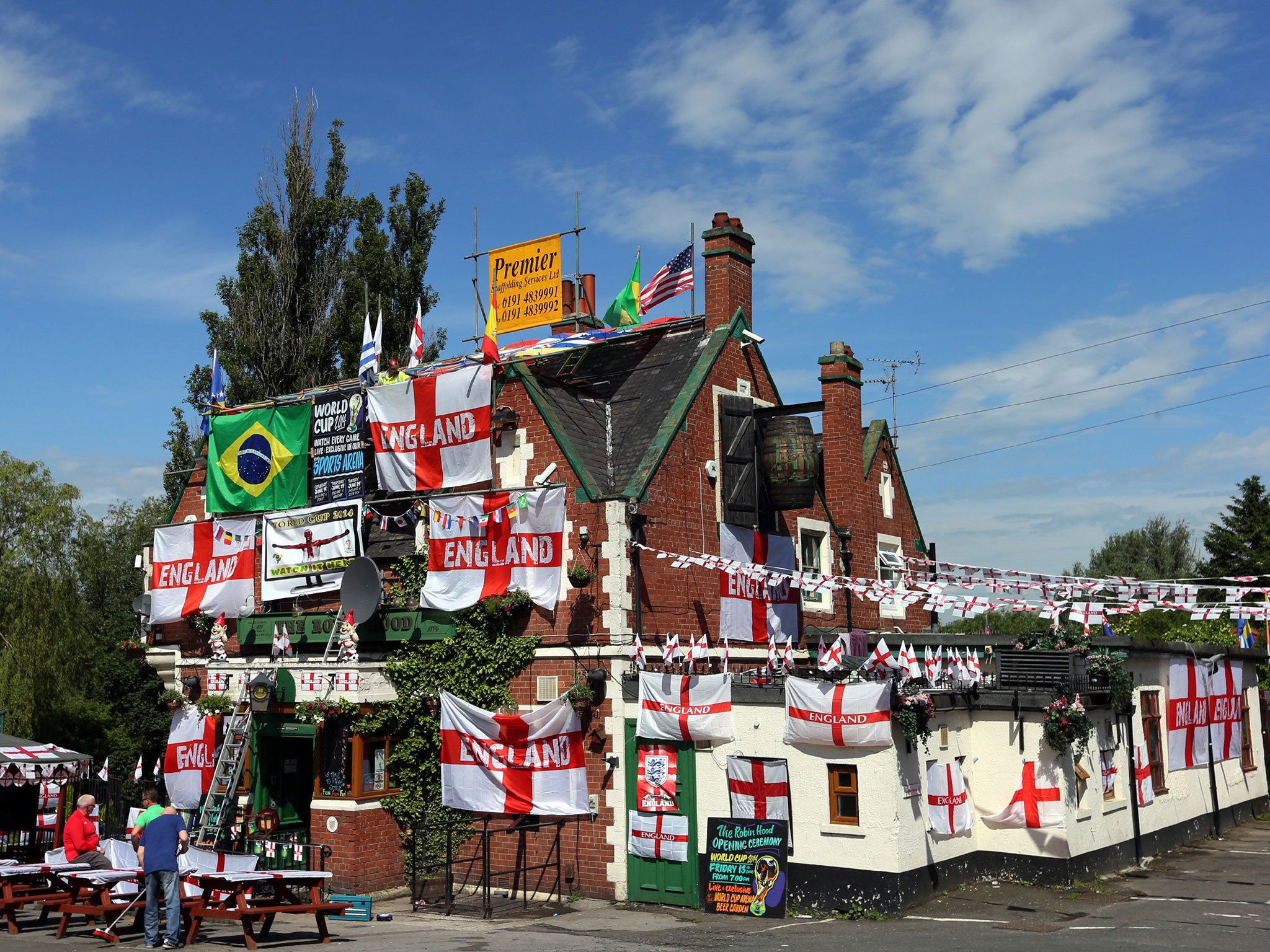Janet Street-Porter: How do you teach British values?
When some children can’t even place London on a map, teaching ‘British values’ is a lot easier said than done


Crumpets or cloudbursts? Tolerance or teatime? Stephen Fry or Stephen Hawking? Can we define what it means to be British, the stuff that makes us unique as a nation? And if it’s possible to agree on our core values, can they be taught? More importantly, would young people – the citizens of tomorrow – be bothered to listen?
In the aftermath of Ofsted’s inspection into 21 Birmingham schools at the heart of the alleged “Trojan horse” plot, Cameron, Clegg and Gove have been quick to go into patronising mode, telling us about what it means to be British (as if we needed a reminder).
The Education Secretary, Michael Gove, wants teachers to promote “fundamental British values”, but surely tolerance, a sense of humour, respect for personal liberty and gender equality, understanding of other faiths and beliefs, and respect for democracy and the rule of law are common to all civilised societies, not just ours?
Currently, schools simply teach pupils to “respect” British values. From September, new guidelines will come into force to explain how this might be achieved. Labour brought in citizenship lessons, but these have been downgraded – is it time to bring them back?
My partner Peter worked as a supply teacher in Stratford, east London, where pupils had parents from all over the world. One boy asked where Peter was from, and when he replied “London”, the boy asked “what country is that?” That’s an extreme example, but it illustrates the problem facing Mr Gove.
In many cities like Birmingham, kids grow up in communities which are totally self-contained, rarely leaving their postcodes, speaking other languages at home and with parents who may not be able to (or need to) speak English.
There are children who don’t even know where London is, let alone what it means to be a British citizen. So the task is immense, let’s not delude ourselves. Mind you, I didn’t know where Bath was until I was 15 (I thought it was in East Anglia) and didn’t visit Yorkshire until I was 35 – and I went to a grammar school – so let’s not rush to judgement about the current crop of youngsters.
They talk to people all over the world via the internet and their mobile phones, and yet some have no inkling about the country that they are growing up in.
Lists of what makes Britain great – from fish and chips to Big Ben and the Queen – are full of clichés but, sadly, if you asked many inner-city children under 10 years old, they would have little idea about most of the stuff on the list.
You can’t teach people about being British in citizenship classes; it ought to be part of every lesson from when they start in primary school. Being British means you’ve joined a special club – and to be part of it you have to speak English and know a bit about our history and geography, too.
There’s art to be found in stitches and straw
I went to the new exhibition at Tate Britain not sure what to expect. For starters, what does the tag “folk art” mean? Stuff made by common, untutored people? Work not weird enough to be labelled with that other patronising description, “outsider art”? Low, as opposed to “high”, culture?
As for British values, this enjoyable show highlights everything that makes us unique. It is both crude and enigmatic, vulgar and poignant, tasteless and (in parts) possibly racist. In short, you will be mesmerised and repelled, all in a short space of time.
Some critics have whinged that the show doesn’t offer enough social context. I disagree, art works if you encounter something memorable – it doesn’t matter whether it is an elegant cutout by Matisse, or an astonishing quilt by Herbert Bellamy and Charlotte Alice Springall from Great Yarmouth, completed in the year before their marriage in 1891. This epic piece of needlework contains a detailed catalogue of everything that was important in their world, from animals to domestic utensils. It’s a comic strip, a full-length stitched saga, a worthy successor to medieval manuscripts. I could stand and look at it for hours.
Equally mysterious is the giant King Alfred, made of straw by a master thatcher, Jesse Maycock, in 1961. Sinister and magical, I would love to own this man of straw to ward off evil spirits. Don’t be put off by the title, “British Folk Art” is a fabulous show.
Just like Jo, I was burnt by hot-headed Scottish trolls
We’re always hearing that tolerance is a key British value, but is it under threat in some quarters of the United Kingdom? I’ve never read Harry Potter, but Jo Rowling and I now have something in common – we’ve been roundly abused by “cybernats” on social media for daring to express an opinion about Scottish independence.
Unlike Rowling, I have not given money to one side or the other, my crime was to spend time walking and talking to people in three areas of Scotland – the Borders, the Central Belt and the North-east – for a film broadcast on BBC Scotland earlier this week.
I started by setting out my stall: having spent a lot of time north of the border, I wondered whether deep down, some Scots want independence because they resent the English.
My film was carefully balanced, reflected a wide range of views and, at the end, I admitted I had been wrong in my initial assumption.
But the abuse I received online from the Yes camp was vitriolic – one of my crimes was to be “a cockney” or “from Essex” (both not true) and therefore unqualified to comment on the history of another country.
Another asked if I was “partially retarded”. Luckily, many people thanked me for attempting to be fair, although it seems that the pro-independence movement contains some very hot-headed folk – and that’s being polite. Why can’t English people have a view about Scotland? Anyway, I’m half-Welsh.
It’s sporting role models girls need, not hairdryers
Two bits of good news for any women interested in sport. The former Wimbledon and French Open champion Amélie Mauresmo is coaching Andy Murray – and our women’s hockey team have just won their first game in the World Cup. The trouble is, few of today’s teenagers are interested in emulating these fabulous role models, so how to change their mindset?
Sadly, most of the ideas on offer seem doomed to failure. The head of Sport England, Jennie Price (like Mauresmo, she has got a job normally occupied by a bloke) came up with “hairdryers in girls’ changing rooms”. Price told a conference last week that young women needed to “reconstruct” themselves after physical exercise. I find that hilarious, especially after reading that the hot hair-do of the moment is the “no-do”, a tousled, uncombed shaggy bob as worn by Alexa Chung.
Equally uninspired is Helen Fraser, the chief executive of the Girls’ Day School Trust. She reckons that girls don’t want to participate in sport in case their bums look big in shorts. She wants the word “fit” to be reclaimed so it no longer stands for fanciable. That is an impossible goal – better to get girls boxing, weightlifting and participating in powerful and aggressive sports like tennis and football that make them feel stronger.
Women need to see that it isn’t embarrassing to be out front and in the lead. These so-called educationalists have to raise their game.

Join our commenting forum
Join thought-provoking conversations, follow other Independent readers and see their replies